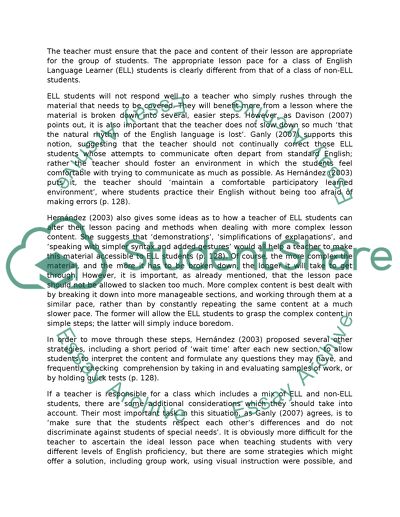Time management Essay Example | Topics and Well Written Essays - 500 words. Retrieved from https://studentshare.org/miscellaneous/1568742-time-management
Time Management Essay Example | Topics and Well Written Essays - 500 Words. https://studentshare.org/miscellaneous/1568742-time-management.


